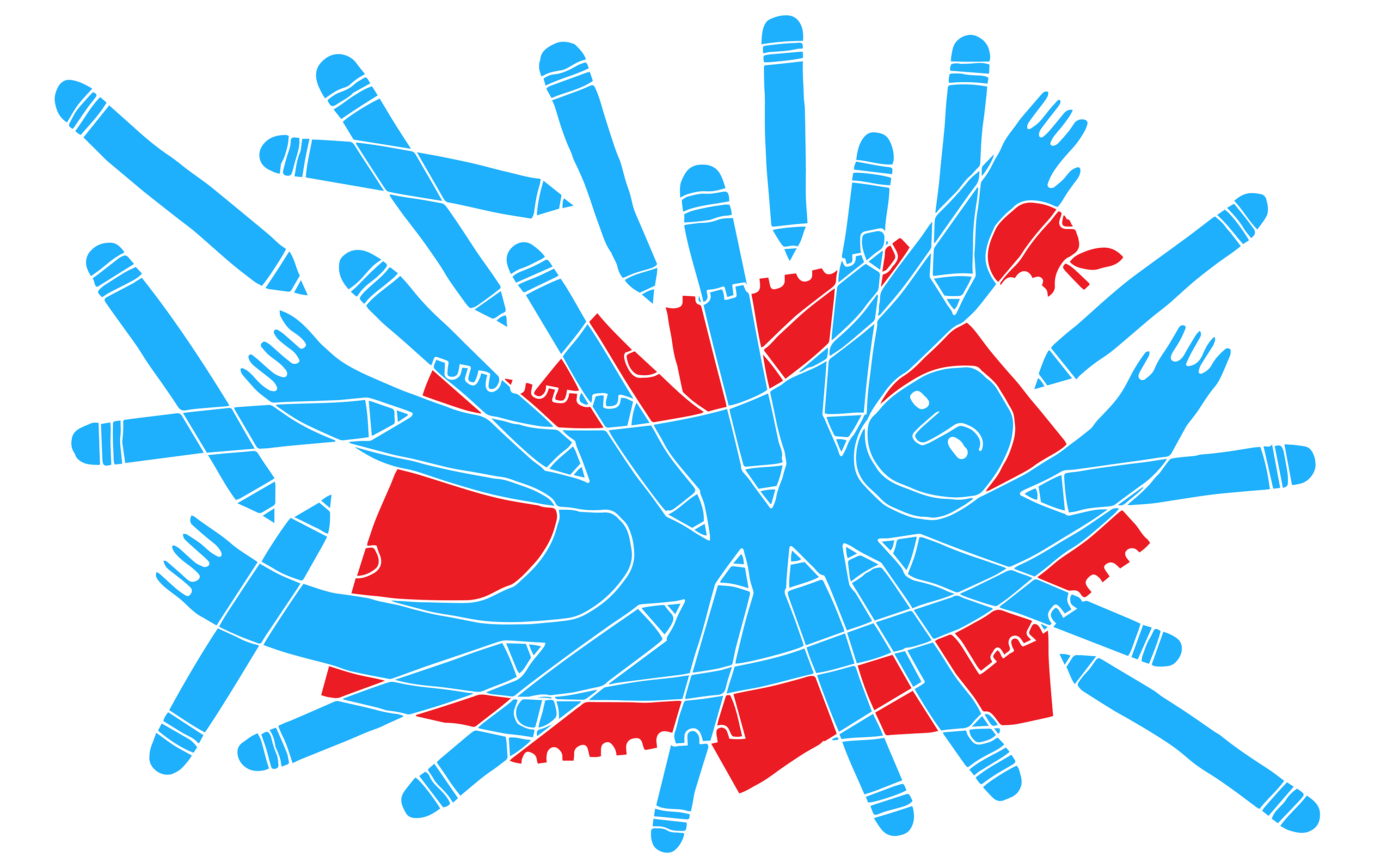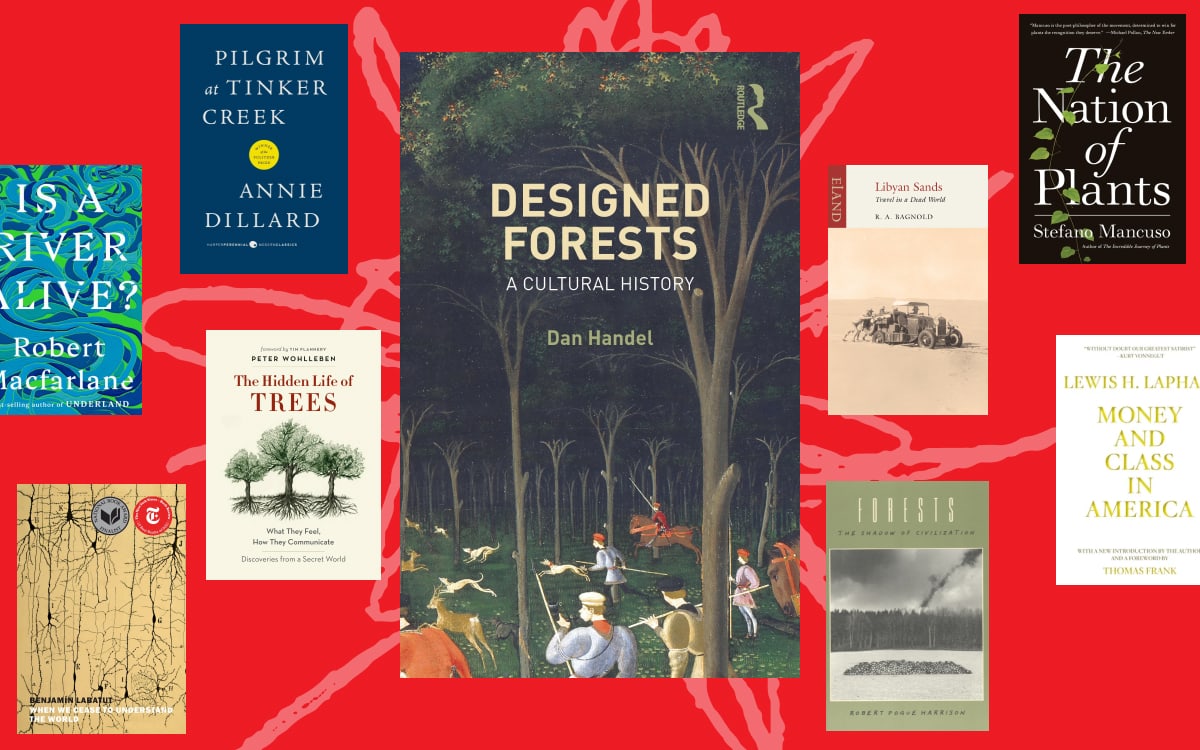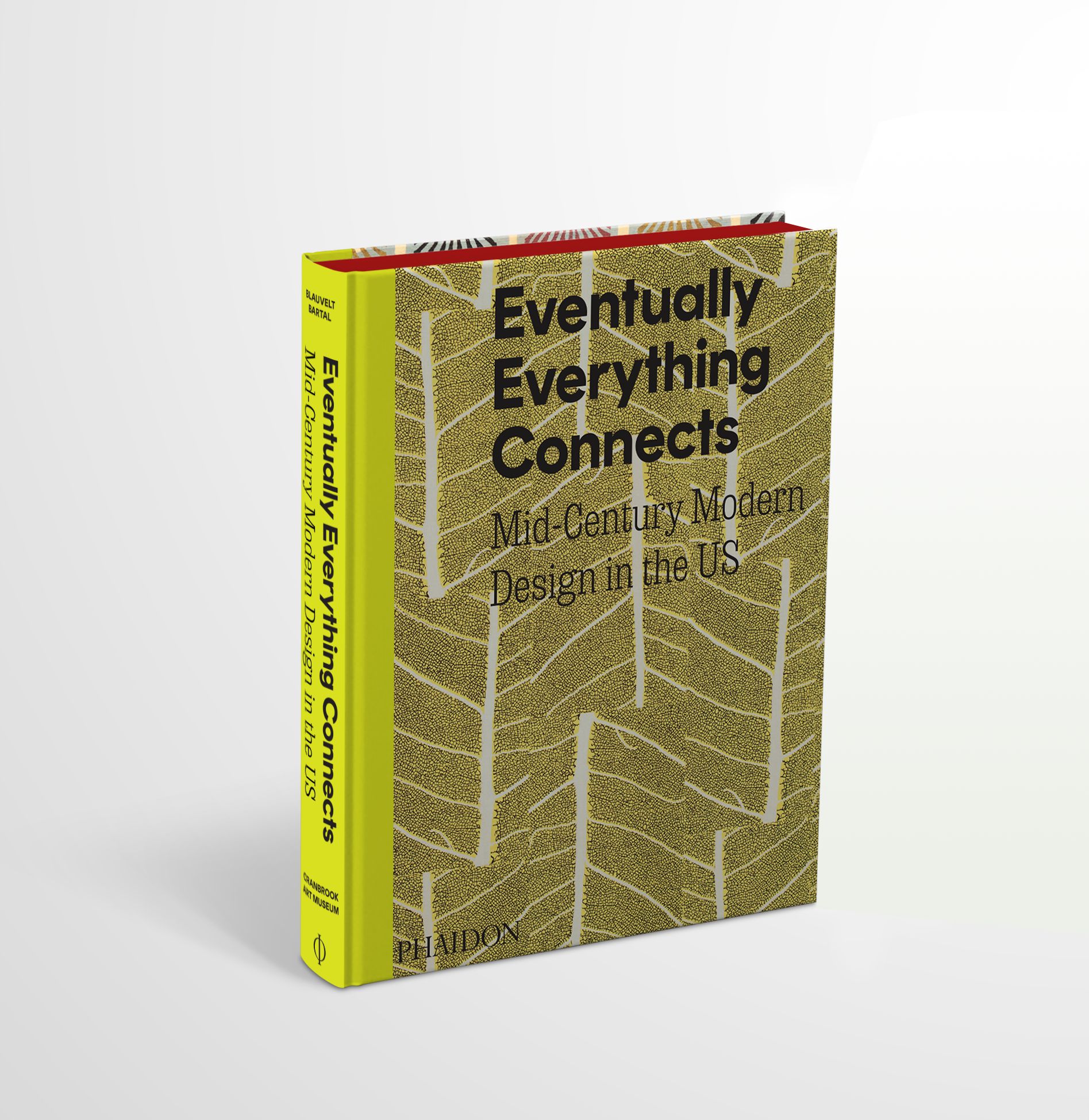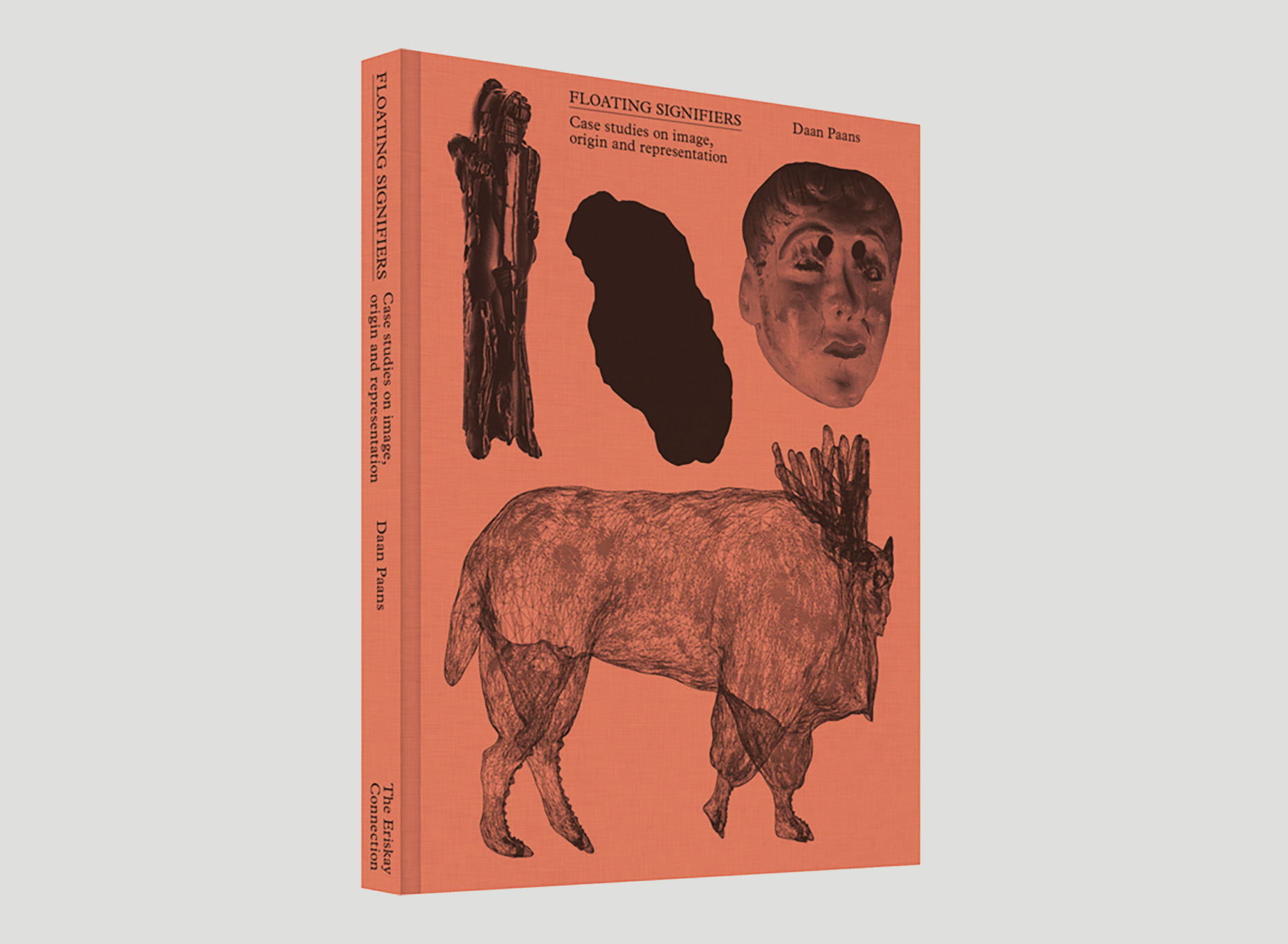Author’s Note: I love teaching design criticism. This semester is my seventh teaching students at The City College of New York to read, write, and think critically about the practice, culture, and impact of design. Our classroom discussions wrestle with the most complex issues facing designers today e.g. institutional racism, climate change, and technological disruption.
That said, I myself haven’t written a word of criticism since July of 2020. Instead, over the past two and a half years, I’ve finished writing two novels, started a third, and written ten short works of fiction. I’m currently seeking a literary agent.
I began writing criticism after my first ten years of working as a book designer because I wanted more from text than typography could offer. I wanted to dive below the surface. I began writing fiction for the same reason—I wanted more from text than criticism could offer.
Recently I’ve been encouraging my students to explore fiction as a form for their critical writing assignments. The results have been vivid and multivalent. Their stories create landscapes where complex issues can be experienced rather than simply explained. It’s one thing to write an essay about how implicit bias and microaggressions in the workplace can harm a designer’s sense of belonging, it’s another to put a reader in the shoes of a protagonist who is facing those challenges.
My students and I are still exploring the boundaries between fiction and criticism. I’m not sure where our explorations will lead. Perhaps they’ll eventually lead me back to writing critical essays. For now, I’m grateful for this opportunity to share one of my short stories.
He took a big bite of the yellow apple. Its juice rolled down his cheeks, to the back of his neck, and then he heard it hit the paper underneath him.
It was his first assignment, the first semester of his freshman year. The course was called Visual Thinking. His professor had plainly challenged the class to present an apple in six different ways. One of his classmates had built a miniature theme park with six rides delicately sculpted from laminated apple flesh. They wound their way around the room collectively selecting the next most intriguing project from those that hadn’t been discussed yet. This process filtered the weakest projects to the end of the line. His project was discussed last.
He had hastily torn six sheets of oversized paper from a spiral-bound pad, scrawled the word WAYS in a different lettering style on each sheet, arranged them on the floor, and laid down on top with an apple in his hand. It wasn’t even a nice apple, its yellow flesh was bruised brown in places.
He honestly thought his project would be well received. His art classes in high school had not prepared him for this. In high school, he made paintings of generic faces with leaves glued to them for no good reason. In high school, there were no critiques. With every second that ticked by down on the floor, he better understood the depth of his miscalculation.
One of his classmates attempted to begin the critique but his professor raised a hand to stop them. The student apologized, and the whole class clammed up.
“This is funny to you.” His professor said in an eerily calm voice. He didn’t reply because it wasn’t a question.
His professor had been deftly spinning a pencil over and around his fingers throughout the whole critique. Suddenly he hurled it at the floor with tremendous force. “I said, IS THIS FUNNY TO YOU?!”
“N-no.”
“Is this your idea of excellence?”
“No.”
“So then you don’t think I—YOU DON’T THINK WE…” His professor gestured at his classmates. “deserve excellence? IS THAT RIGHT?”
“I—I do think—I didn’t think…”
“FUCKING RIGHT YOU DIDN’T!” His professor was pacing now. He really wished he wasn’t lying on the floor. He tensed up with the sense that his professor could begin stomping on him.
“What major do you plan to declare?”
“Illustration.”
“ILLUSTRATION?! Hilarious! Do you have any idea how competitive the field of Illustration is? How few illustrators actually make a living from it?”
“I…”
“Well, you’ll never make it as an illustrator doing a half-ass job on piss-poor ideas like you did today. You must not be paying for school yourself. You don’t seem to realize what a privilege it is to be in my classroom. What a fucking waste.”
Lying there, exposed and helpless, his cheeks burned with embarrassment and became sticky tight from the now dry apple juice.
He replayed the memory of that embarrassment over and over as he whipped past tagged up privacy fences, warehouse parking lots, and apartment laundry lines. His train would soon complete its route from New York to Baltimore.
The chair of the Illustration department had invited him down to be a guest critic for one of her classes. He had only been out of school for a few years and had never been a guest critic before. He viewed the opportunity as an honor, even though he wasn’t being paid an honorarium.
The memory of his first critique was sparked by a man across the aisle in his railcar who looked a lot like his Visual Thinking professor. The man glanced at him again. He jerked his head away, and felt he couldn’t stare in that direction for the rest of the trip.
He had stayed in touch with his Visual Thinking professor after graduation, writing with updates about his career, continuing to strive for approval. Then, one day, he received a reply with news of a cancer diagnosis. He was shocked, and expressed sympathy, but didn’t write again in the weeks that followed. He assumed his professor was busy with treatments and recovery. Weeks turned into months until too much time had passed. The fact that he hadn’t written became the reason for not writing. Then, he received news that his professor had died. Thinking now about that silence, the way it slipped into permanence, made his stomach feel hollow.
His professor had been right, it was hard to make a living as an illustrator. He scored an editorial spot for a third-tier magazine from time to time, but he made his living as a mid-level graphic designer at a medium-sized book publisher. Nobody threw pencils at work. The market was intimidating enough on its own. If the books they published weren’t up to readers’ standards then they didn’t sell, and that was that. He had already experienced, and miraculously survived, a round of layoffs during his short career. At work they threw pink slips instead of pencils.
The train pulled into the station and lurched to a halt. The campus wasn’t far. Fifteen minutes later he was approaching the nondescript brick building that held the illustration department, and thinking through his critique strategy.
He needed to be harsh and honest. All his best teachers had been harsh and honest. His Visual Thinking professor frightened him during that first critique, but by the end of the semester he was surprising himself, making things of a quality that expanded his understanding of what was possible. Looking back, it seemed like fear had been an effective motivator.
He entered the building, checked in with security, climbed the stairs, and found the Illustration professor’s classroom. She greeted him warmly and they sat down together. She described the course and explained the assignment they would be critiquing. He asked questions and then began swapping stories about book publishing for updates about the Illustration department.
The students filtered in, waving hello to their professor, and eyeing him nervously. Each student retrieved their homework from an oversized cardboard portfolio and pinned it to the classroom’s corkboard wall. Once all the homework was hung, she began class. Introducing him, she said that he was an alum, that he worked in book publishing, and that he was an art director.
“Designer.” He interrupted.
“What?”
“I’m not an art director yet, I’m still a designer.” The professor looked surprised. “Oh, my apologies. He’s a designer.”
The students shifted in their seats. He imagined they were simultaneously disappointed and relieved. The whole idea of a guest critic was to help students make meaningful professional connections. He wasn’t in a position to bolster their reputations or besmirch their names. His opinion of their homework wouldn’t impact their careers at all.
The excitement he had been feeling slumped into a sinking sense that he didn’t belong. Did she think he had misled her? It was too late to back out. Perhaps he could still earn their respect with a good critique. Harsh and honest, that’s all there was to it.
The homework assignment was to choose an obituary from the newspaper and create a portrait in response. The grid of phantom faces which belonged to people who no longer existed filled the room with a grim air. Each portrait was hung alongside the obituary that inspired it.
The first few portraits they discussed were hauntingly beautiful—far better than anything he could have done. He began to wonder if the school had made its admission standards more selective after he graduated. The feedback he offered was honest in that he honestly had nothing harsh to say. He was cheerleading, which felt useless, but he had to say something.
The rest of the critique followed a similar pattern. He was able to identify shortcomings here and there, but the work remained strong overall. He imagined the students had attended art magnet high schools. He would probably report to one of them at some point in his career. Maybe they would throw a pink slip at him someday. He wanted to flee the classroom.
They finished the critique. He turned toward the professor, eager for her to conclude the class.
“There is one more portrait, but we need to relocate to the computer lab across the hall to view it.” The students suddenly vibrated with excitement, smiling broadly, patting one young woman on the back.
They all stood and walked together across the hall into a narrow room. The students sat at the computers but rotated their chairs to face a screen which was hanging next to the room’s entrance. He moved through them, toward the back of the lab, remained standing, and leaned against one of the windows. The glass was warm on his back from the afternoon sun. The room was deep enough that the sunlight didn’t disturb the projector’s brightness. The professor stood near the screen next to the student whose portrait they were about to watch.
She addressed him directly. “Being an illustration major, I haven’t taken any animation courses, but earlier this year I became obsessed with the idea of bringing my illustrations to life. So I’ve been working independently, learning the animation software on my own, in addition to my coursework.” She abruptly stopped talking and punctuated her preface by tapping play.
The scanned image of a newsprint obituary snapped onto the black screen, and with it snapped the realization that the text described his Visual Thinking professor.
He pushed off the window and stood with alarm. The entire assignment suddenly seemed monstrous. All the other portraits were reframed as mockeries of real mourning. He became so charged with emotion that he struggled to focus on the animation. The static of his distress didn’t prevent him from seeing that it was crude and fell far short of doing justice to his professor’s memory. The obituary had mutated into a disembodied head which began rotating while also cycling through a rainbow of colors. It looked like she had used a bunch of the software’s out-of-the-box effects without customizing their properties. Eventually the clunkily rendered head morphed back into the image of the obituary clipping and the screen snapped back to black.
The students clapped, and turned, and smiled expectantly, waiting for him to praise the portrait, as he had praised all the others.
His first thought was that she had never experienced a death in her life. He channeled his professor and kicked off the critique.
“Did you even know him?”
“What—Yes.” She looked surprised by his question.
“DID YOU?! I find that hard to believe.”
“H-He was my teacher.”
“Why wouldn’t you at least make it look like him?!”
“I t-tried.”
“Your animation was honestly an embarrassment! Did you spend any time on it at all?
“I don’t think you understand. She didn’t know how to use the animation software at all when the course began. She taught herself!” One of the other students interjected.
“I don’t think YOU understand. She doesn’t get POINTS for having taught herself a TOOL. The only thing that matters is the end result. She’s going to be competing against people who majored in animation, people who spent four years mastering the tools with guidance from professional animators. Her portrait was clumsy and careless. FUCKING BASIC! Do you really think she’s going to get a job as an animator with half-ass work like that?” He was shaking.
The illustration professor stepped in. “You’re out of line! She worked hard this semester. She did know him. This was her way of honoring his memory. The tone of your feedback is inappropriate. I won’t have it in my classroom. Way too harsh!”
Too harsh?! He was just being honest. Couldn’t she see that? He didn’t apologize.
Instead he crossed his arms hard, leaned back against the window, and clammed up. He tried to hide the tremble of his adrenaline by grinding his teeth. He wanted to say more, but as she pointed out, it wasn’t his classroom.
Several students did say more, defending their friend, and her portrait. They closed ranks to protect their own, like immune cells reacting to cancer. He could see the diagnosis in their eyes. They wanted to cut him out. He continued to stand stiffly, scowling at their disapproval.
Several minutes later the critique ran out of steam. The illustration professor let the silence hang in the air, and then declared the class over. Her students promptly left the computer lab to retrieve their portraits. Several of them glanced over their shoulders at him. None of them thanked him for coming.
The Illustration professor told her students that she would see them next week—that she needed to stay and speak to him alone. As the last student left she turned and worked her way through the empty chairs, back toward the windows. He braced for her rebuke of his tone to continue. Instead her posture softened as she approached.
“I miss him too.” She said with a sigh, leaning against the window beside him so they could stare together at the empty computer lab. “He was a dear friend—my daughter’s godfather.”
The audible depth of her mourning made him feel shallow. He painfully swallowed against a knot in his throat.
He hadn’t been close with his Visual Thinking professor. He was a student, not a friend. He wrote to him after graduation to talk, not to listen. When his professor became ill he stopped talking and that was that. A one way conversation.
“Listen, even if you’re in pain, as a teacher you have to be gentle with your students. That is, if you want them to learn. Sure, you might dress down an underperforming student during the first critique, but only if you have a whole semester to build them back up. You were a guest today. As a guest critic you don’t have time to rebuild.”
He was surprised by the tears that began rolling down his cheeks. He held his breath. Maybe she wouldn’t notice. He wasn’t sure why he was crying. The critique had been intense. His face burned with embarrassment.
Having said her piece, she told him to have a safe trip home. Then she pushed off the glass without looking over at him, and walked out of the computer lab.
Still leaning against the window, his back was wet now with sweat from the sun’s heat. He sucked in a deep breath and slowly let it out. He felt certain that unfolding his arms would have only unlocked more emotion. So he stayed frozen and let the sun’s warmth continue to build in his body, until his cheeks became sticky tight from the dry tears.




